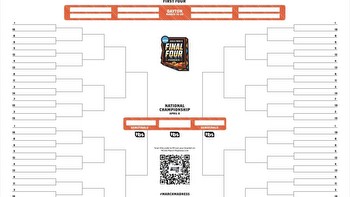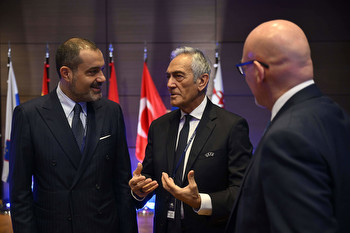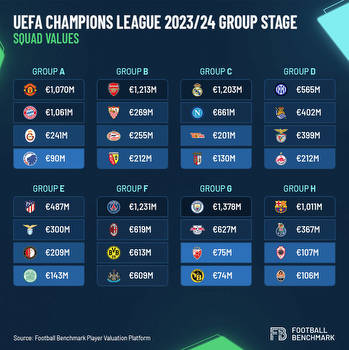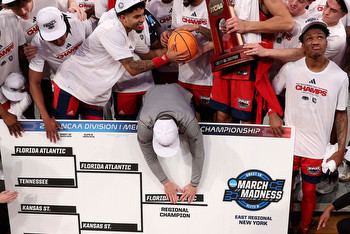What If European Soccer Was Formatted Like College Basketball?

Rumors of a UEFA Super League have become increasingly prevalent in recent times. Big clubs loathe the current Champions League format. Smaller clubs believe the format is slanted against them.
What if European Soccer Was Formatted Like College Basketball? Lesser clubs have a better way to prove themselves, while the big boys have more chances to face each other.
What if European Soccer was organized like College Basketball? Here's how it would work. August to October: Non-Conference Play. November to March: League Play, 20-25 matches. April and May: Champions League, 64-team single-elimination tournament.
The new non-conference play format gives big clubs in Europe 10 weeks to play whoever they want. Manchester United could play Fleetwood Town and Forest Green Rovers. Mid-table teams can play against foreign competition. The non conference play also gives smaller clubs the chance to schedule teams from larger leagues. The revenue from the games would go directly to the clubs.
There would be no need for win-loss record in European football. The focus would instead be on quality of results. There would also be neutral-site games like in college basketball.
The domestic league season is no longer the most important factor for Champions League selection. The league campaign will be 20-25 matches long, with one game played every week. November through March will only be reserved for domestic leagues. Leagues will have the choice of using a conference tournament to decide the league winner. It would likely be a simple single-elimination format seeded by league performance. There is also the possibility of a tournament with multiple byes into the quarterfinals or semifinals.
In college basketball, a team's performance is the only factor for determining whether they earn a spot for the end-of-season March Madness tournament. In soccer, the English Premier League is capped at seven European spots, with four guaranteed in the Champions League. All seven English teams that qualified for Europe this year are currently in line to qualify for knockout stages of their respective tournaments. The association rankings used to determine the number of UCL spots for each country are determined by the performances of clubs from that country from 2-6 years prior. There are 55 UEFA member countries. Play-in tournament with automatic qualifiers from the 28 weakest nations. Add 30 at-large clubs, seed the teams and you get a six-round, 64-team tournament, contested at pre-set neutral sites across the continent.
Teams not in the first division will play their normal league schedule from November to March. Every country will host its domestic cup. Seeding will loosely be based on non-conference and league performance.
There would be no change to promotion and relegation. There would only be fewer league games to decide fate. Non-conference play would not be a factor.
The committee determines the seed of every team in the end-of-season tournament and selects the at-large teams it believes deserve to participate.
There should be no more domestic double round-robins in European soccer. Most college basketball teams play 15-20 conference games a season. European leagues could adjust to get 20-25 games per season, rotating opponents every season like in college.
There are some ideas to organize mini-tournaments and short foreign tours during non-conference play in Europe. Chelsea could go to Belgium to play Jupiler Pro League sides. Inter Milan could host a tournament with PSV, Basel and Barcelona. Manchester United could play some lesser foreign teams as warmup matches.
The Europa League and Europa Conference League are no longer in existence.




































